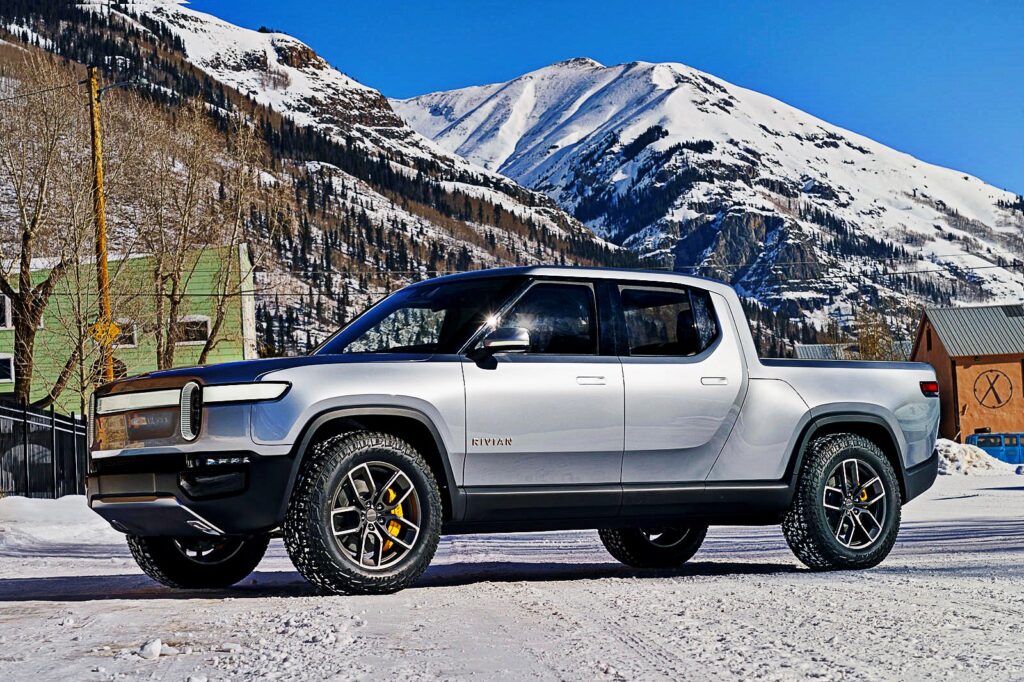
Lithium-ion batteries have been the power source for electric vehicles since 2008, when the Tesla Roadster was introduced. They took over for nickel-metal hydride batteries that powered most hybrid electric cars such as the Prius. Lithium-ion batteries store much more energy for a battery of a given weight, which leads to greater driving range.
But lithium-ion is not an ideal solution. The batteries depend on critical materials that are obtained by hacking into mountains, utilizing scarce desert groundwater, and in some cases, making use of child labor. Many materials depend on countries with whom economic ties have complicated geopolitical consequences.
State and federal mandates and incentives are pushing auto companies to prioritize electric vehicles in their future plans. The Inflation Reduction Act in particular provides credits and other incentives for both consumers and manufacturers to electrify. So, sources for EV batteries are a key issue.
The Department of Energy is funding 20 different companies with $2.8 billion to bolster the production and processing of critical minerals in the U.S. The goal is to bring the electric vehicle supply chain onshore to the greatest extent possible. Some of the work involves redesigning lithium-ion batteries to reduce or eliminate problematic materials such as cobalt. Other efforts seek to find domestic sources of critical materials such as lithium without causing serious environmental problems.
Given all this, it is no surprise that academic and industrial researchers are also exploring a wide variety of alternative battery technologies.
The future of transportation is electrification and the race for EV batteries is on.
**********
Web Links
For U.S. Companies, the Race for the New EV Battery Is On
Photo, posted August 27, 2021, courtesy of Ron Frazier via Flickr.
Earth Wise is a production of WAMC Northeast Public Radio
Leave a Reply